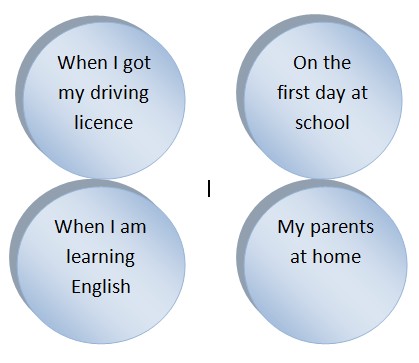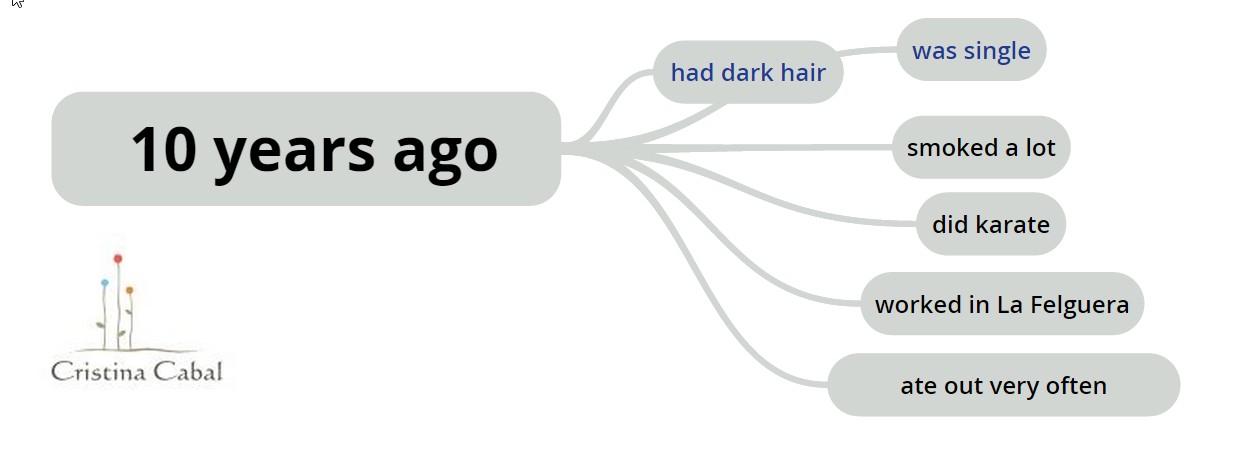Sometimes I spend an awful lot of time writing the draft for an article which will never see the light of day. That happens mainly on those days when I begin to wonder whether a certain article I am about to publish will interest any of my readers and also on those days when I run out of inspiration and words don’t seem to flow. More often than not, these wannabe posts end up being deleted while some other times I save them in a folder and then forget about them until, like with my wardrobe, spring cleaning frenzy strikes and I decide to do some computer spring cleaning and bump into them. This is what happened with this article you are about to read.
INTRODUCING REPORTED SPEECH ORDERS
Step 1. Draw some circles on the white board containing the following sentences or any others you fancy
Step 2. Ask students to choose one circle. They now need to write on a separate sheet of paper some orders/instructions they were given in these situations. (Encourage them to write positive and negative orders/instructions). Demonstrate, if necessary, by choosing one circle and writing down some examples. Allow 5 minutes for this step.

Step 3 and Step 4. Students in small groups. Now students need to swap situations with their partners and their partners need to report within their group some of the orders and instructions their partners were given.
For example:
When Carlos got his driving licence ,he was told to keep both hands on the steering wheel.
On the first day at school, Cecilia was told not to stand up without permission.
Step 4 and Step 3. Before students start, demonstrate with your own situation (hopefully still on the whiteboard), making sure they understand the task and asking them to infer the rule.
Step 5. Call out a situation and ask students to volunteer orders or instructions given to their classmates in the chosen context.
Hope you find it useful!

